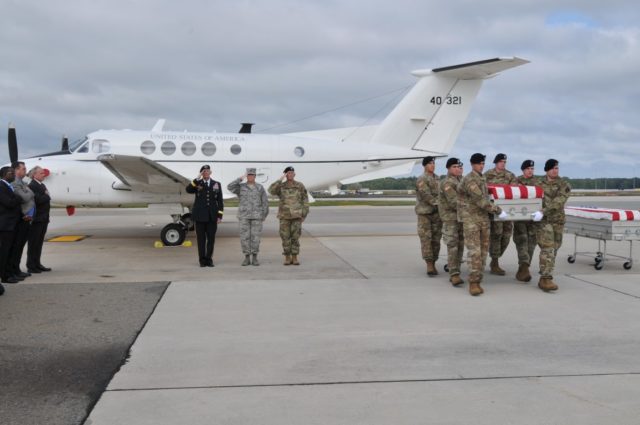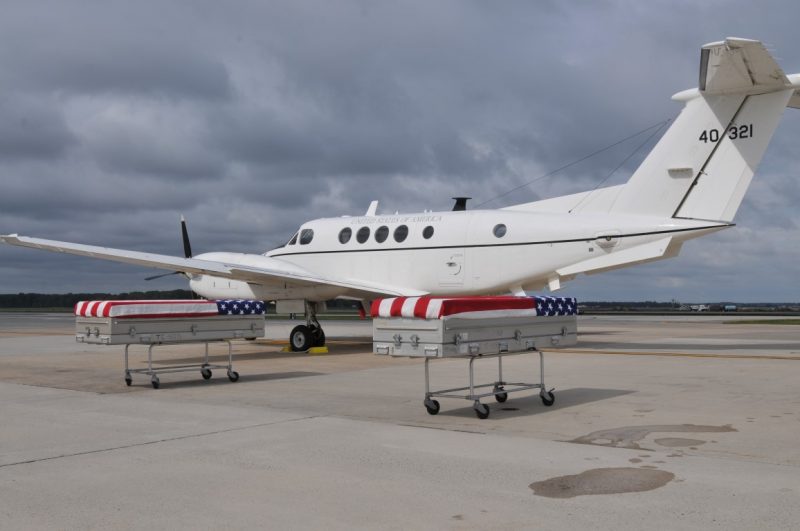The US army’s chief medical examiner and director of the Armed Forces Medical Examiner System, Col. Louis Finelli, says it’ll take a few months to determine if the remains of American troops who died in the Mexican-American war 170 years ago can be identified down to particular persons.
Efforts will also try to pinpoint if they were members of a Tennessee militia group called ‘The Bloody First.’
The remains of 11 and possibly 13 individuals were recently flown to a military morgue in Delaware aboard a plane to Dover Air Force Base. Formally dressed members of the 3rd Infantry “Old Guard” unit of the 3rd Infantry, which stands watch at the Tomb of the Unknowns in Arlington National Cemetery near the nation’s capital, gravely transferred the cases to a vehicle.

Hugh Berryman, director of Tennessee State University’s Forensic Institute for Research and Education at Middle and a forensic anthropologist, explained testing DNA, forensic dentistry, elemental analysis, and other techniques to gather additional information such as the components in the water they drank could assist in determining the possible area where they had lived.
They can do everything possible to produce DNA sequences, but lacking references and family genealogies it may not be possible, explained. Otherwise, they are just numbers and sequences.
Troops from a number of states, including Texas, Mississippi, Ohio, and Tennessee, in 1846, fought in the Battle of Monterrey. Berryman said the skeletal remains were discovered in an area of the Mexican battlefield where a great number of Tennesseans had perished, The Big Story reported.
The Battle of Monterrey, a U.S. victory which claimed the lives of more than 160 Americans or reported missing, was part of a larger war in the period of 1846 to 1848, that was America’s first lengthy conflict in a foreign country.
The war drastically changed US geographical limits, adding approximately one million square miles of territory leading to the states of states of California, Arizona, New Mexico and Texas.
The conflict also proved to season West Point graduates who in the Civil War fought on both sides.
